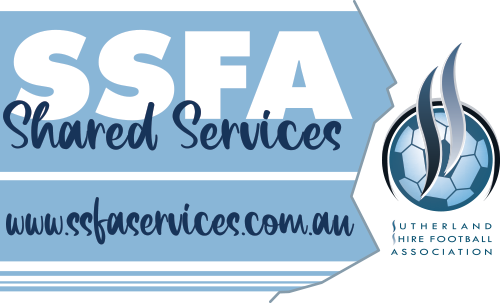
The below sets out the guiding principles and provides general advice regarding the management of concussion in football in Australia.
These Guidelines have been produced by Football Federation Australia (FFA). FFA has adopted the Consensus Statement on Concussion in Sport: The 4th International Conference on Concussion in Sport held in Zurich, November 2012 (see ‘Resources’ below). This statement was produced in conjunction with Fédération Internationale de Football Association (FIFA), and has also been adopted by FIFA.
These Guidelines are of a general nature only. Individual treatment will depend on the facts and circumstances specific to each individual case. These Guidelines are not intended as a standard of care and should not be interpreted as such.
These Guidelines will be reviewed regularly by FFA and will be modified according to the development of new knowledge. The latest version of these Guidelines can be found here: https://www.footballaustralia.com.au/governance/statutes-and-regulations
Concussion is a brain injury and is defined as a complex pathophysiological process affecting the brain, induced by biomechanical forces (See page 1 of the Consensus Statement on Concussion in Sport: The 4th International Conference on Concussion in Sport for a more detailed definition).
The majority (80-90%) of concussions resolve in a short (7-10 day) period, although the recovery frame may be longer in children and adolescents.
Immediate visual indicators of concussion include:
Concussion can include one or more of the following symptoms:
The Pocket Concussion Recognition Tool may be used to help identify a suspected concussion (see ‘Resources’ below).
Any athlete with a suspected concussion should be immediately removed from play, and should not be returned to activity until they are assessed by a qualified medical practitioner.
Players with a suspected concussion should not be left alone and should not drive a motor vehicle.
Only qualified medical practitioners should diagnose whether a concussion has occurred, or provide advice as to whether the player can return to play.
There should be no return to play on the day of a concussive injury.
A qualified Medical Practitioner should:
Following clearance from a qualified Medical Practitioner for the player to return to play, the player should progress through a Graduated Return To Play Program (see Annexure 1 to these Guidelines).
In all cases, the Graduated Return To Play Program provides for a minimum of 6 days before the player can play a competitive game.